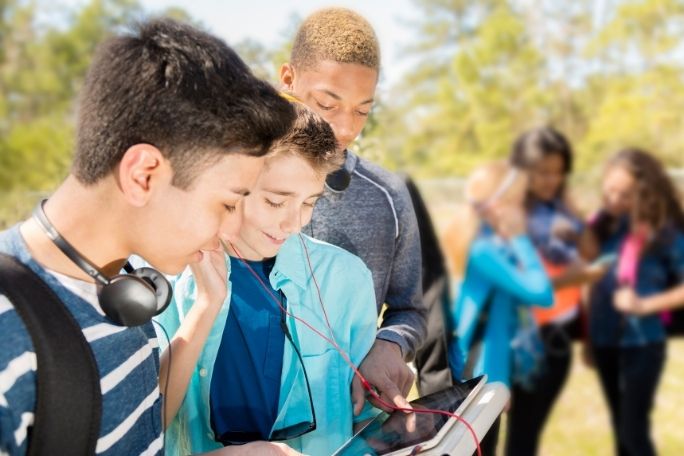Lesson summary
In this lesson, students investigate citizen science and its contribution to scientific knowledge. Students begin by thinking about what science is, what scientists do and how scientists help biodiversity. They then work in groups to look at a range of biodiversity related citizen science projects. Groups adopt a jigsaw approach to share what they have learnt about the citizen science project they investigated. Finally, students consider the risks and opportunities for citizen science projects.
Learning intentions:
Students will...
- know the role citizen science plays in scientific knowledge
- understand the value of citizen science projects from a scientific and social perspective
Success criteria:
Students can...
- describe what citizen science is, in their own words
- investigate and evaluate citizen science projects operating in Australia
- communicate research findings with their peers
Lesson guides and printables
Lesson details
Curriculum mapping
Australian curriculum content descriptions:
Year 7 Science:
- Science knowledge can develop through collaboration across the disciplines of science and the contributions of people from a range of cultures (ACSHE223)
Year 8 Science:
- Science knowledge can develop through collaboration across the disciplines of science and the contributions of people from a range of cultures (ACSHE226)
Syllabus outcomes: SC4-17CW.
General capabilities: Critical and creative thinking.
Cross-curriculum priority: Sustainability OI.6.
Relevant parts of Year 7 Science achievement standards: Students describe situations where scientific knowledge from different science disciplines and diverse cultures has been used to solve a real-world problem.
Relevant parts of Year 8 Science achievement standards: Students describe situations in which scientists collaborated to generate solutions to contemporary problems.
Topic: Biodiversity, Climate Change.
Unit of work: ClimateWatch: Citizen Science – Science – Years 7 & 8.
Time needed: 60 mins.
Level of teacher scaffolding: Medium – oversee discussion, lead students in activities.
Resources required
- Tablets with ClimateWatch app installed
- Internet access
- Student Worksheet – print one copy per student
- One printed Prior Knowledge Questions per 12 students in the class
- Workbook
Skills
This lesson is designed to build students’ competencies in the following skills:
- Communication
- Critical thinking
- Digital literacy
Additional info
This lesson has been developed in partnership with Earthwatch. Earthwatch developed the ClimateWatch program with the Bureau of Meteorology and The University of Melbourne to understand how changes in temperature and rainfall are affecting the seasonal behaviour of Australia’s plants and animals.


Welcome back!
Don't have an account yet?
Log in with:
By signing up to Cool.org you consent and agree to Cool's privacy policy to
store, manage and process your personal information. To read more, please see
our privacy policy here(Opens in new tab).
Create your free Cool.org account.
Many of our resources are free, with an option to upgrade to Cool+ for premium content.
Already have an account?
Sign up with:
By signing up to Cool.org you consent and agree to Cool's privacy policy to
store, manage and process your personal information. To read more, please see
our privacy policy here(Opens in new tab).